Clean technology is nothing new, but its adoption is increasing as municipalities seek to improve air and water quality for their citizens. Many businesses are also actively seeking to reduce costs — and potential legal and reputational risk — by improving their stewardship of the environment. Technology advances, including the Internet of Things (IoT), are helping to drive massive improvements in environmental practices that contribute to a cleaner, more sustainable world.
So — what is clean technology? And what is
green technology? In this blog post we address these questions with examples. At a high level, both of these terms indicate the many
technological advances that support sustainability. Green clean technology includes a vast range of tech-enabled equipment and innovations today, from renewable energy systems like wind and solar, to electric vehicle technology, to tech advances that reduce the need for non-renewable resources. In this introduction to clean energy technologies and sustainable tech, we’ll discuss what defines clean technology, and how it helps to improve our world.
What Is Clean Technology?
Clean technology or “cleantech” refers, most obviously, to technology that doesn’t pollute. But more broadly, it refers to technologies that also help to reduce environmental impact — by saving energy, reducing waste and performing necessary functions like remote equipment monitoring and maintenance with limited carbon emissions. Environmental technology examples include a broad range of industrial applications, as well as sustainable products, services, and infrastructure.
.jpg?lang=en-US)
Green Technology Examples
Green technology has the potential to help smart cities and businesses achieve net zero carbon goals. Here are a few examples demonstrating what is meant by green technology:
- Wind Power: Wind turbines for generating electricity are among the most visible new clean energy technologies on the landscape, with wind farms generating green energy from an endlessly renewable source.
- Solar Power: Solar panels use photovoltaic cells to capture energy directly from sunlight. The cost of rooftop solar panels has fallen in recent decades, and their use is growing in both commercial and residential applications.
- Hydro Power: Hydroelectric dams are another example of how energy and clean technology go hand-in-hand. Hydroelectric dams — one of the oldest forms of clean energy — supply electricity to cities worldwide.
- Smart Cities: Cities have enormous opportunities to reduce carbon emissions by optimizing essential services such as lighting, water/wastewater treatment and trash collection. Many Smart Cities are making an investment in low carbon technologies to become more clean, livable and sustainable.
- Smart Electrical Grids: Public utilities use tools and financial incentives to reduce spikes in electricity consumption to shift usage to off-peak hours reduce energy reduction. Utilities are also increasingly turning to renewable energy sources to support demand.
- Electric vehicles (EVs) and charging systems. With motor vehicles being the largest producers of greenhouse gases worldwide, electric vehicles and EV charging stations are among the fastest growing forms of cleantech.
- Sustainable Infrastructure: From smart lighting and smart poles to smart traffic management and smarter construction practices, infrastructure projects can make major inroads in reducing environmental impact.
- Precision agriculture: Cleantech solutions for agriculture help conserve water and reduce the use of pesticides and herbicides by targeting applications only where they are needed.
How does green technology help us in our homes and personal lives? Consumer applications like smart appliances and thermostats help make everyday activities more energy efficient. Beyond improving quality of life, clean technology also saves money by reducing home energy consumption with more efficient heating and cooling.
Identifying Candidates for Clean Technology
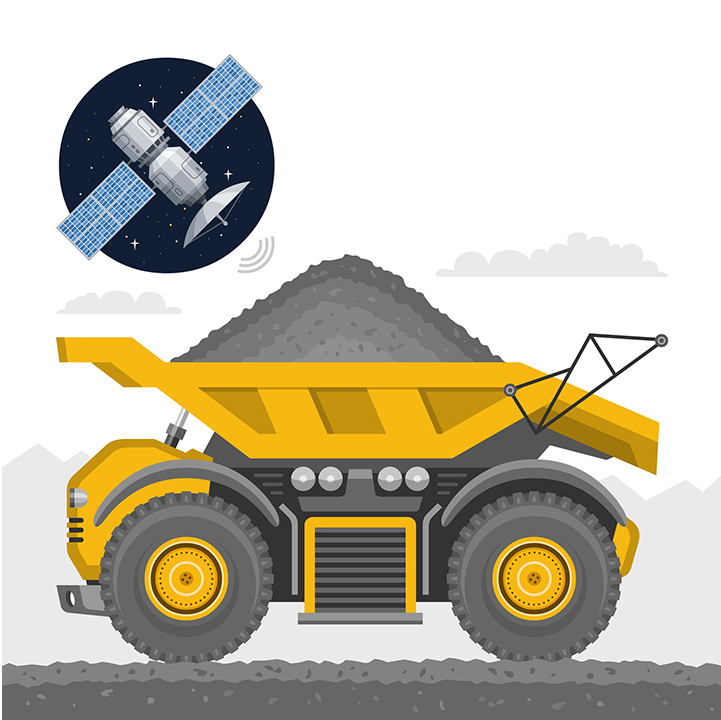 Cities and organizations are moving to clean tech for many reasons, in addition to better environmental stewardship, including reducing cost and risk. For example, mining can be extremely dangerous for workers, but cleantech development stands to make significant positive changes for safety while also supporting more sustainable and eco-friendly practices.
Cities and organizations are moving to clean tech for many reasons, in addition to better environmental stewardship, including reducing cost and risk. For example, mining can be extremely dangerous for workers, but cleantech development stands to make significant positive changes for safety while also supporting more sustainable and eco-friendly practices.
Autonomous vehicles (AVs) and drones can now go places that would be risky or time consuming for humans. We can more precisely monitor conditions and assets in extreme conditions, allowing operators to gain rapid insights and address isuess, while minimizing environmental impact.
The Importance of Clean Technology
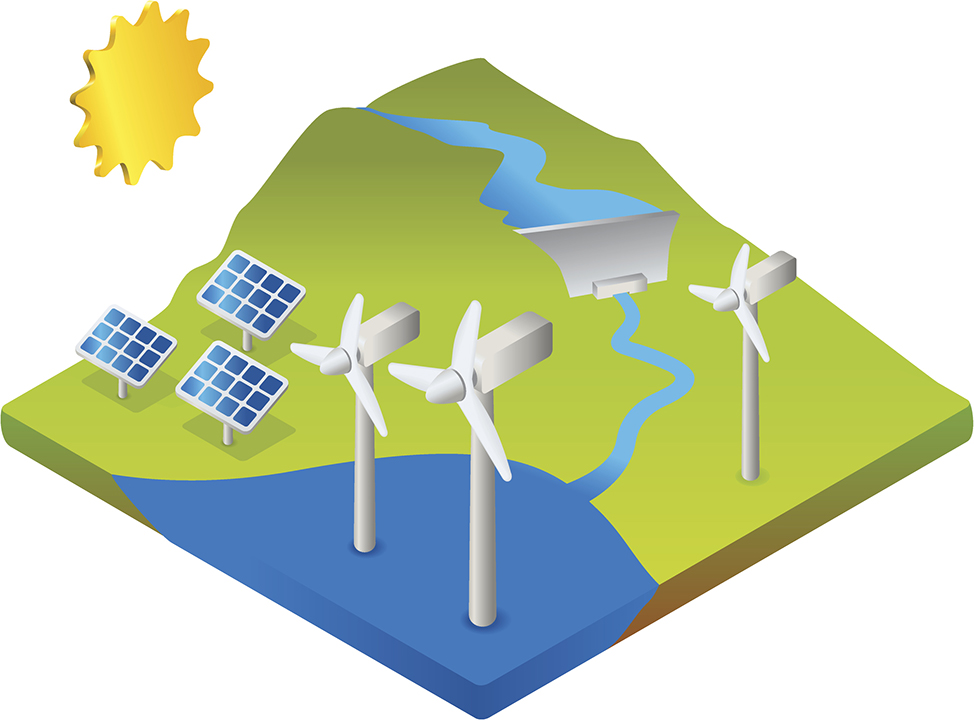 Why is green technology so important? The critical need for sustainable technologies that preserve our resources and environment cannot be overstated, in the drive to support a greener planet. Today, business and government must move to cleantech for efficiency, carbon reduction and a greener planet.
Why is green technology so important? The critical need for sustainable technologies that preserve our resources and environment cannot be overstated, in the drive to support a greener planet. Today, business and government must move to cleantech for efficiency, carbon reduction and a greener planet.
Industry and urban infrastructure offer many opportunities for low carbon technology that can dramatically reduce emissions.
- EV charging infrastructure enables residents to conveniently find charging stations, providing additional incentive to move to electric vehicles from fuel-consuming vehicles.
- Smart street lighting offers a major opportunity for cities to reduce energy use and carbon production, using sensors and automation.
- Waste management services are moving to technologies that optimize vehicle scheduling and routing for improved energy efficiency and lower costs.
- Cities in cold climates are finding ways to reduce the quantities of salt used on the roadways during winter for reduced environmental impact.
- Public transit systems are increasingly moving to clean technology, including hydro and electric power to reduce emissions.
The incentives for use of cleantech are enormous, and include the need to move away from non-renewable, pollutant-based energy sources, reduce business risk (such as oil spills and other environmental catastrophes), and receive energy credits. Additionally, clean technologies are creating new job opportunities for developers, data analysts, equipment installers, maintenance workers and other professionals in emerging cleantech industries.
Clean Technology Systems and Process Improvement
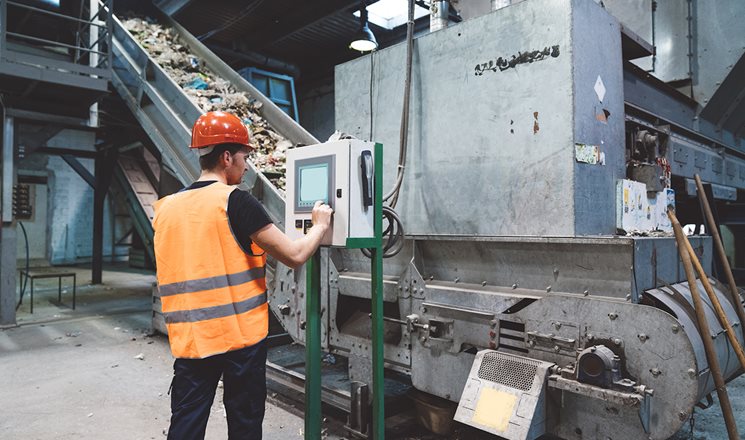
In addition to environmentally-friendly technology, cleantech also extends to process improvement. For example, you’ll find applications in manufacturing, logistics, agriculture, and large-scale industrial operations, as these enterprises seek the benefits of process automation.
Consider the role of a technician who must ensure that electrical equipment is functioning optimally across several counties of a state. Traditionally, that technician would perform manual checks on each installation on a rotating basis. To troubleshoot problems, the technician would travel to the site, identify the problem, return to headquarters for repair equipment and travel back to the site. Today, these fuel-consuming processes can be mitigated with remote monitoring — enabling personnel to travel to sites only as needed.
Virtually any process that can be automated is a candidate for clean technology. The food we eat, the way we get around, home climate control and efficient building HVAC systems all benefit from better environmental practices and improved technology.
Environmental Technology Examples of Process Improvement
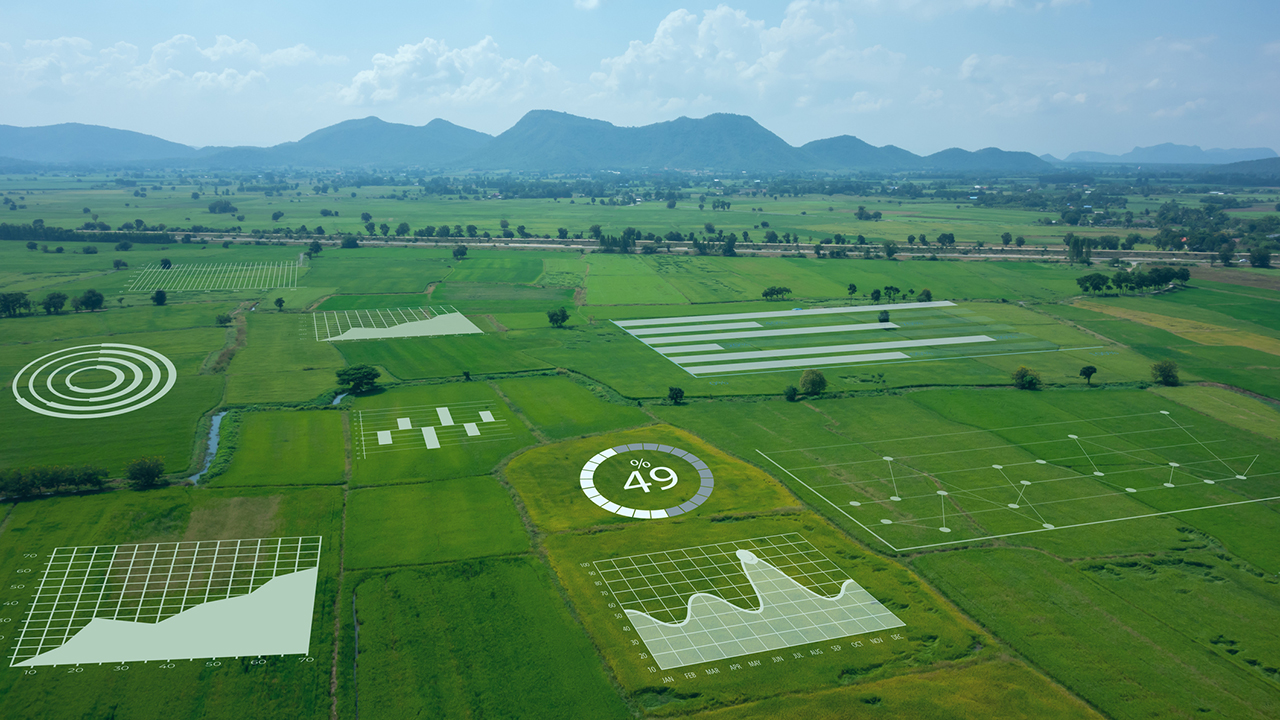 The ways technology helps the environment are many and growing, as developers and innovators seek to make a real world difference with technology initiatives. Here are a few examples of environmental improvements from clean tech strategies in a range of industries:
The ways technology helps the environment are many and growing, as developers and innovators seek to make a real world difference with technology initiatives. Here are a few examples of environmental improvements from clean tech strategies in a range of industries:
Cleantech Companies
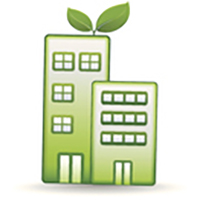 With a combination of sensors, IoT connectivity, software, artificial intelligence and data analysis, clean technology increasingly powers our world.
With a combination of sensors, IoT connectivity, software, artificial intelligence and data analysis, clean technology increasingly powers our world.
The following are a just a few operations that demonstrate sustainable innovation, and how to bring cleantech ideas to life.
- Reborn Electric: Reborn is an excellent example of a green tech company with a desire to make a difference. This innovative group of engineers incorporated Digi ConnectCore® SBCs into a complete new electronics system for a fleet of city buses. The buses were “reborn” from diesel to electric power, greatly extending their service life and cutting emissions to zero.
- Summit Envirosolutions: Summit Envirosolutions uses Digi Connect® Sensor to gather and evaluate critical environmental data supporting projects including groundwater management and environmental remediation.
- New Sun Road: New Sun Road helps deliver clean, affordable solar power to under-resourced communities. With a system that includes Digi industrial cellular routers and Digi Remote Manager®, customers save an average of 50 percent on energy costs by switching from diesel generators to a solar microgrid.
- Sicom Electronics: Lighting is one of largest line items in any city’s budget. Sicom Electronics deploys scalable XBee® Zigbee mesh networks, enabling cities to intelligently control thousands of streetlights and traffic lights with greater precision. The result is reduced costs, with a lower eco-footprint, and greater citizen safety.
- BigBelly Solar: Green technology in waste management is a growing trend. Solar-powered trash and recycling compactor units from BigBelly Solar — developed with the help of Digi Wireless Design Services — are monitored electronically and only emptied when they’re full, eliminating unnecessary truck rolls.
- Jain Irrigation: For irrigation systems in apartment complexes, golf courses and agriculture, Jain Irrigation solutions combine Digi XBee® 3 cellular connectivity and back-end intelligence to automate and optimize watering, helping to conserve water and reduce costs.
- Cropx: Cropx offers an advanced irrigation software service, delivering water and energy cost savings and increased crop yields. CropX’s system uses Digi XBee® DigiMesh® modules to “listen to the ground” and provide exactly the right amount of water across farm.
The Cleantech Sector and Its Relationship to IoT
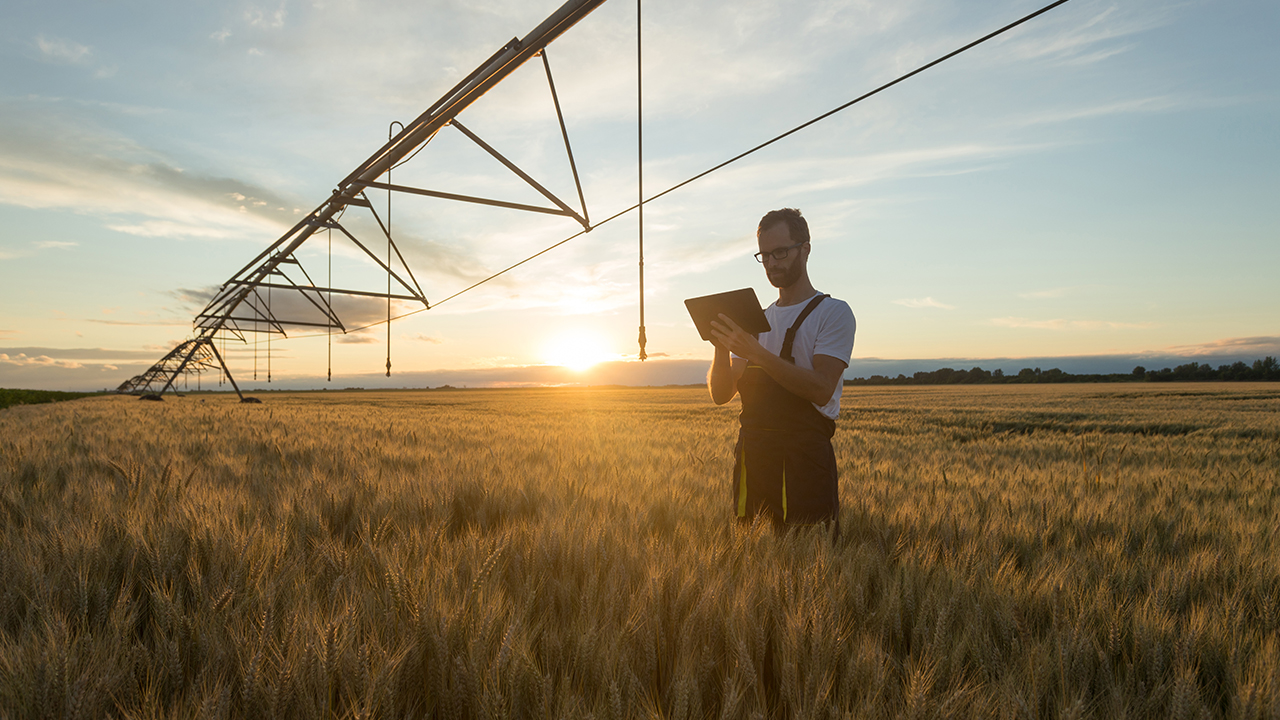
The Internet of Things (IoT) utilizes connected devices — sensors, embedded radios, gateways and cellular routers — to send signals and data, and launch automation processes, to keep the many processes in our world operating smoothly. For example, IoT technologies deliver vast amounts of sensor data from distributed devices and equipment at the “network edge,” enabling advanced insights and automation. These processes can promote sustainability and reduce environmental impact in a number of ways:
Using technologies like IoT, machine learning and artificial intelligence, entire industry sectors have revolutionized their processes from end-to-end.
The Cleantech Sector at the Edge
IoT sensors can collect enormous volumes of data — and for the protection of the environment, it must be processed quickly so personnel can be alerted in the event of equipment failures. Consider, for example, the volume of data collected by sensors monitoring municipal water supplies, a large solar field, or wind farm spread across many miles in a remote area.
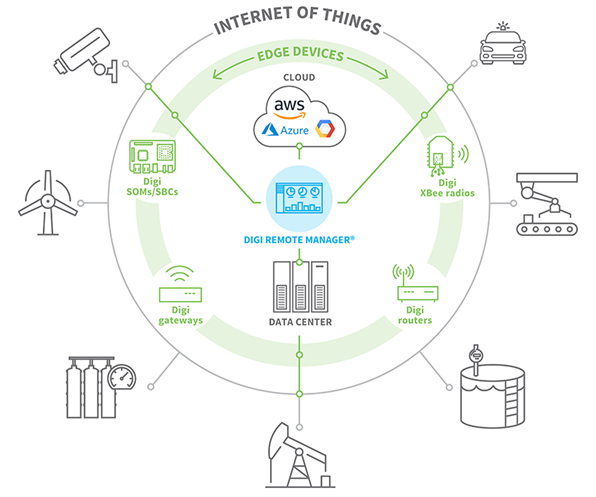
Edge computing is one answer to the management of all that data. The benefits include:
- Using smart devices to process much of the data where it is generated, mitigating the need to send every data byte over cellular networks and paying cellular data costs.
- Using algorithms and artificial intelligence to separate critical data from operational “heartbeat” data to eliminate latency and send the right information to the right personnel, for actionable insights.
- Reducing the bandwidth needed to process and manage data at the network edge, while also improving operational efficiency. (See the blog post, "What Is Edge Computing?")
Data collection at the edge can improve speed and efficiency of operations. Industrial applications can use edge computing to continually improve processes, expand production, extend the life of critical assets, and add capabilities with less equipment while consuming less energy.
Explore Digi’s Green Technology and Join the Cleantech Revolution
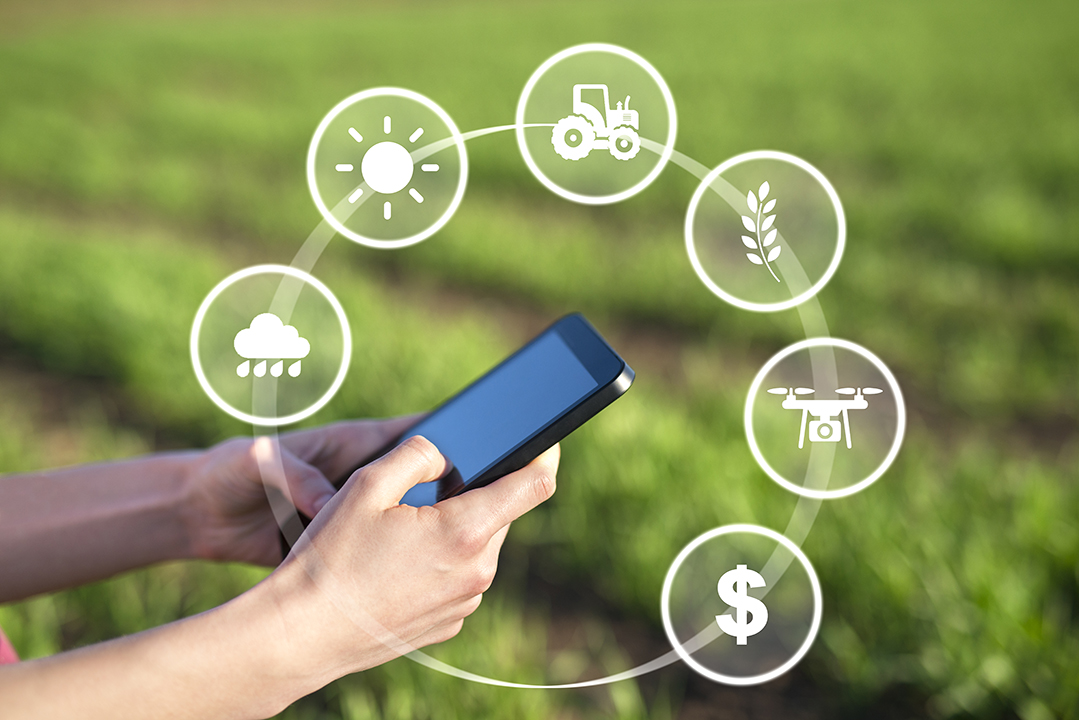
Technology advances are driving massive improvements in environmental practices, supporting initiatives that contribute to a greener, more sustainable world. To learn more about how Digi solutions are supporting clean technology in the IoT landscape, visit our Green Technology web page or reach out for assistance with your project.
Note: This blog post was first published in January of 2021, and updated in March of 2022.
Next Steps